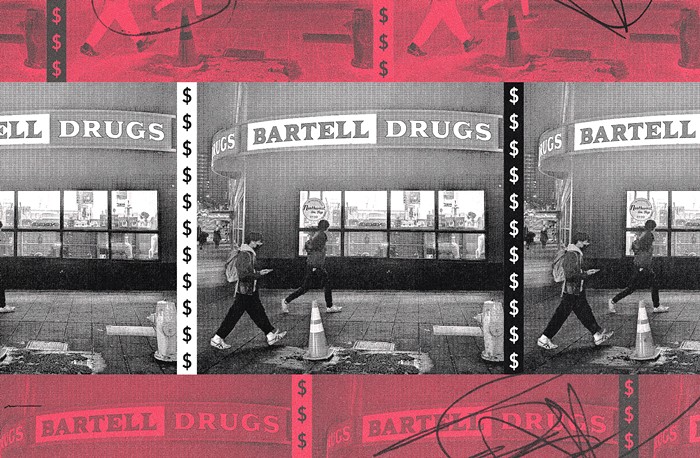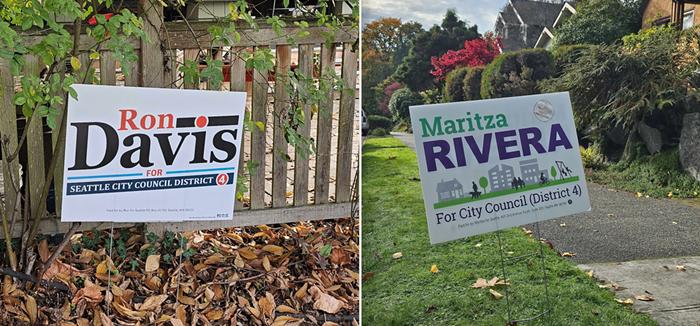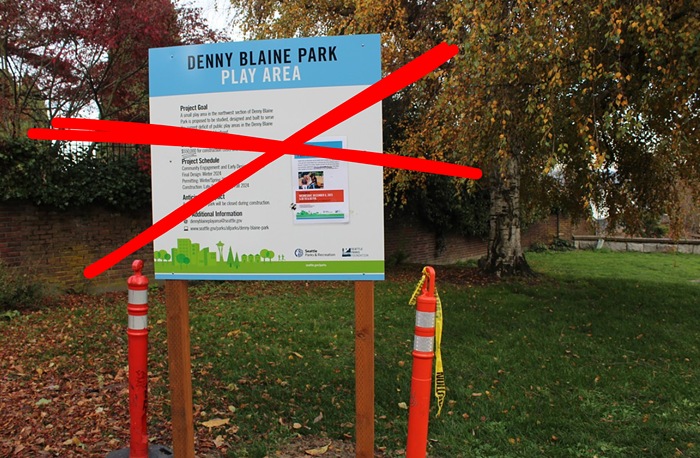After decades of using a system full of contradictions and racial inequities, Washington’s State Legislature looks like they’re finally going to overhaul the guidelines that dictate how long incarcerated people spend in prison.
It’s nearly impossible to overstate how badly that reform is needed. At a public hearing last week, State Representative Roger Goodman (D-Kirkland) explained that the state’s current guidelines make so little sense that the sentences people serve don’t match the sentence the judge handed down in their case roughly 10% of the time. When people are spending more time in jail than they should simply because of paperwork errors, it’s way past time to overhaul the system.
Adopting the recommended reforms from Rep. Goodman’s task force could pave the way for a sentencing regime that grounds decisions in academic research instead of the vibes of the judge on any given morning. The proposed reforms also represent a shift to prioritizing alternatives to jail and prison for lower-level offenses that research shows reduce recidivism and make the public safer as a result.
The Old Guidelines Make Absolutely No Sense
The first thing you should know about how people who get convicted of crimes are sentenced in Washington is that it makes no fucking sense. According to Rep. Goodman, our current sentencing guidelines—which have been in place for more than FORTY YEARS—were set up by a pair of King County prosecutors who came up with a set of recommendations based on little evidence other than their own intuitions about the relative seriousness of various crimes.
That’s not great. But it’s only the tip of the iceberg of insanity that governs how long incarcerated people in Washington state spend in prison.
In an interview, State Senator Manka Dhingra explained that the total lack of internal logic in the existing guidelines meant that the legislature has introduced even more contradictions into our criminal punishment system each time they’ve passed laws criminalizing new kinds of behavior. As the chair of the Senate’s Law & Justice Committee, Dhingra thinks it’s long past time to overhaul the system.
Dhingra explained that the state separates felonies into three categories: Class A, Class B, and Class C offenses. Generally speaking, the most serious crimes, like murder, belong in Class A, with the lowest-level felony offenses, such as repeated property crimes, falling into Class C.
But that’s not consistent with how long the current guideline system dictates people who are convicted of those crimes spend in prison. Under the current guidelines, a person with no prior criminal history who commits some Class A offenses could receive a lighter sentence than if they had committed certain Class C offenses, for example.
Why We Need Sentencing Reform
While it would be nice to have some measure of consistency in how we punish people so that the entire system didn’t feel like a Foucauldian nightmare, the current guidelines also significantly limit judges’ ability to make use of alternatives to jail.
As recent studies show that incarceration actually makes it more likely that someone will re-offend when they’re released, giving judges more flexibility to divert people into alternatives like electronic home monitoring or other forms of probation would likely reduce crime over time.
“Punishments are not deterrents,” Dhingra said, explaining why the goal of the new sentencing guidelines she’s proposing would be rehabilitation for all but the most serious offenses. She pointed out that we know that people who commit crimes don’t pause to look up the relevant state statute to decide if the potential jail time they’d face would be worth breaking the law.
As a result, Dhingra said, continuing to push for longer and harsher penalties only makes the racial disparities of the criminal legal system worse.
In an interview, Goodman acknowledged concerns about increasing judicial discretion that several advocates for incarcerated people echoed at last week’s public hearing. He recognized that the criminal legal system over-incarcerates people of color relative to their proportion of the state’s population and that many of the aggravating factors that lead to longer sentences under the current guidelines also disproportionately affect Washington’s nonwhite residents. For example, Black people make up 18% of people living in Washington’s prisons despite accounting for just 4% of the state’s population.
To reduce that structural racism, Goodman said he’s also pushing for reforms to give the public more transparency into how judges and prosecutors are sentencing people under the proposed guidelines. Hopefully, that transparency will allow reformers to track whether judges are handing down disproportionately harsh sentences to people of color.
With newly expanded Democratic majorities in both chambers of the State Legislature, there’s really nothing stopping Dhingra and Goodman from getting this done other than squishy moderates in their own party. We’ll just have to wait and see whether rationalizing our criminal punishment system and reducing some of the structural racism in our prisons along the way counts as enough of a priority for the rest of their Democratic colleagues.




















